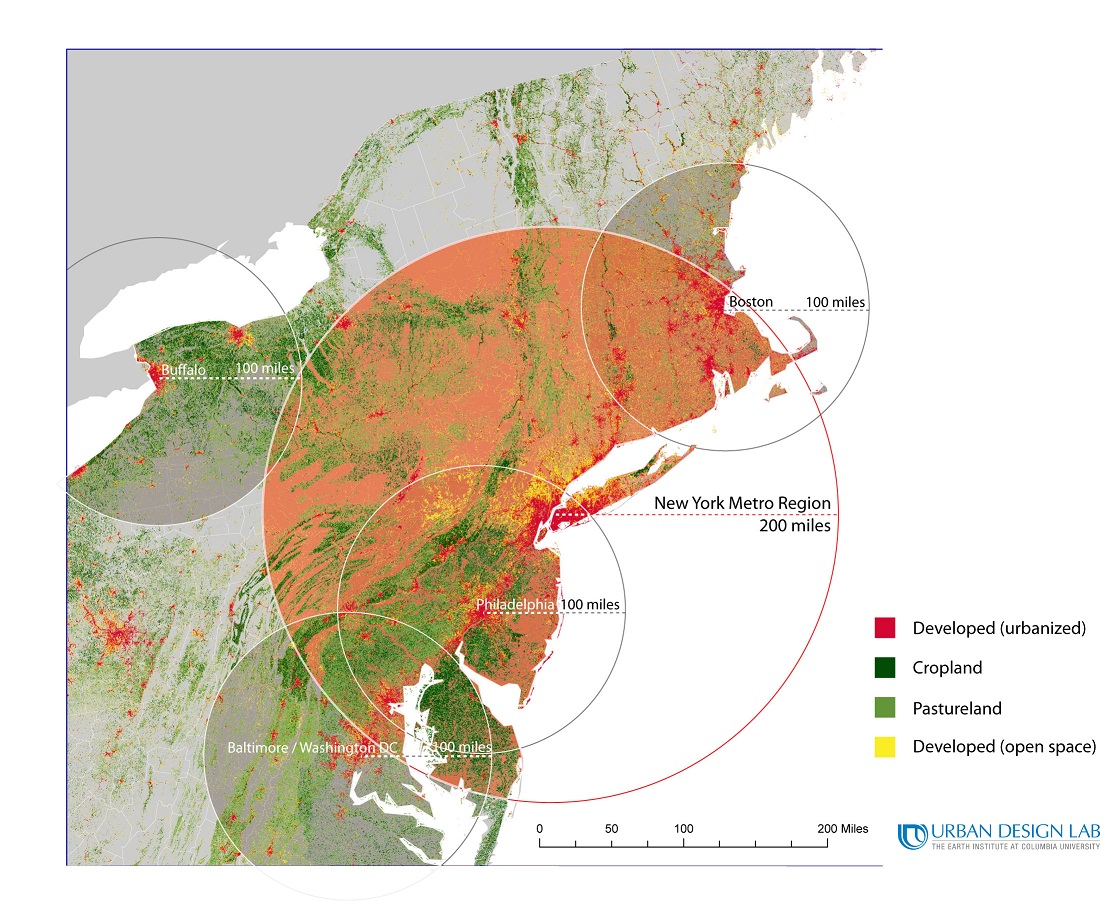Is it Possible for the NYC Metropolitan Area Feed Itself From Its Foodshed?
This map is from the Food Systems Network NYC website
We are living in an age of unprecedented violent change, where three highly disruptive crises – global economic instability, climate change, and peak everything are converging 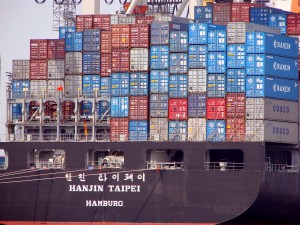 insidiously to shred the fabric of society. The coming shocks: international financial collapse, epic flood and drought, energy and natural resource shortages, and extreme price spikes are likely to be catastrophic if we do not prepare. The New York City Bioregion is especially vulnerable to these disruptive changes. With one of the world’s greatest ice-free harbors on earth, New York City was built on global commerce. But today, the far-flung network of international trade that once pumped vibrant economic life into our communities threatens to collapse as imported natural resources along with the fossil fuels needed to transport them become increasingly scarce and expensive.
insidiously to shred the fabric of society. The coming shocks: international financial collapse, epic flood and drought, energy and natural resource shortages, and extreme price spikes are likely to be catastrophic if we do not prepare. The New York City Bioregion is especially vulnerable to these disruptive changes. With one of the world’s greatest ice-free harbors on earth, New York City was built on global commerce. But today, the far-flung network of international trade that once pumped vibrant economic life into our communities threatens to collapse as imported natural resources along with the fossil fuels needed to transport them become increasingly scarce and expensive.
The inevitable decreasing availability of cheap fossil fuel will eventually make the transportation of food over long distances economically unfeasible, and the phrase “local 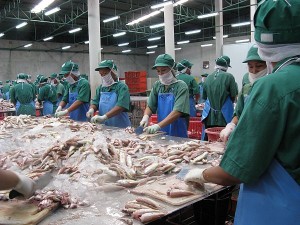 food” will acquire an urgent, vital meaning beyond the current limited lifestyle implications. Local food will become less about maintaining eco-correctness and more about whether we’re going to have enough to eat. Urban/suburban agriculture is one solution, as is a food security plan that includes low carbon transportation and a new relationship between city dwellers and the farmers in the food shed.
food” will acquire an urgent, vital meaning beyond the current limited lifestyle implications. Local food will become less about maintaining eco-correctness and more about whether we’re going to have enough to eat. Urban/suburban agriculture is one solution, as is a food security plan that includes low carbon transportation and a new relationship between city dwellers and the farmers in the food shed.
Of course, the critical and immediate question is – what, exactly should we do: How should the New York City Bioregion respond productively to the end of cheap oil and the failure of our “growth at any cost” culture? How can we act proactively to rising sea levels, and less abundant, more costly natural resources including oil and food? Also, how do we finance the dramatic enhancements that must be made to the natural and human landscape for our Bioregion to survive and prosper? Finally, how can you and I, and other private citizens, join together to hospice the decline of the current system, and midwife the vital transformation into A Bright Green Future for the New York City Bioregion?
The seminal question about food security for the NYC Bioregion — How can the New York City metropolitan area community develop a food security plan to feed itself from farms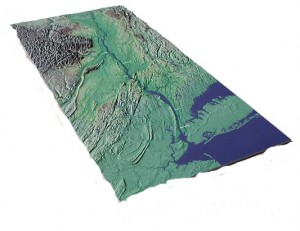 within 100 miles of the Battery? — is discussed in the “Take Action” page of this website and more specifically by Slow Money an organization ”advocating investing 50% of our money within 50 miles of our home, specifically in organic and sustainable local food, farms, and processing.”
within 100 miles of the Battery? — is discussed in the “Take Action” page of this website and more specifically by Slow Money an organization ”advocating investing 50% of our money within 50 miles of our home, specifically in organic and sustainable local food, farms, and processing.”
A local or regional “foodshed” could be defined in a variety of ways. A simple 100-mile radius, for example, is often used in “eat local” campaigns. Workable, sustainable foodshed mappings tend to take into account time and ease of travel, density of population, where and how natural water sources travel, and the innate productivity of land.”
Molly Watson defines a foodshed as “everything between where a food is produced and where a food is consumed. It includes the land it grows on, the routes it travels, the markets it goes through, and the tables it ends up gracing. First used in the early 20th century to describe the global flow of food, “foodshed” has recently been resurrected to discuss local food systems and efforts to create more sustainable ways of producing and consuming food.
Economist Michael Shuman has investigated the potential economic impacts of food localization. Recent research conducted by Shuman in Colorado, New Mexico, and Northeastern Ohio suggests that investment in local “food-sheds” can substantially increase both demand for, and supply of local food creating thousands of new jobs, generating hundreds of new businesses, and producing millions of dollars in revenues to support the local economy.
Shuman’s 2010 Cleveland study found that 25 percent food localization by the year 2020 would result in more than 27,000 new jobs. It would also generate $4.2 billion in economic activity, $868 million in added wages, and $126 million in state and local tax revenues – each year.
In a study for Transition Colorado Shuman found similar economic benefits. He 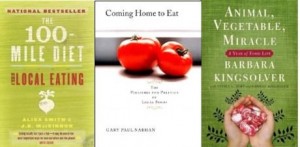 determined that a 25 percent local food shift in Boulder County (including the City of Boulder) would create 1,680 jobs with wages of $82 million, new economic activity of $137 million, and $12 million in Taxes.
determined that a 25 percent local food shift in Boulder County (including the City of Boulder) would create 1,680 jobs with wages of $82 million, new economic activity of $137 million, and $12 million in Taxes.
Using Shuman’s findings to inform the next steps of our own Food Localization movement, we could create a detailed strategic and economic plan for food localization in our own Bioregion now. Continue reading

